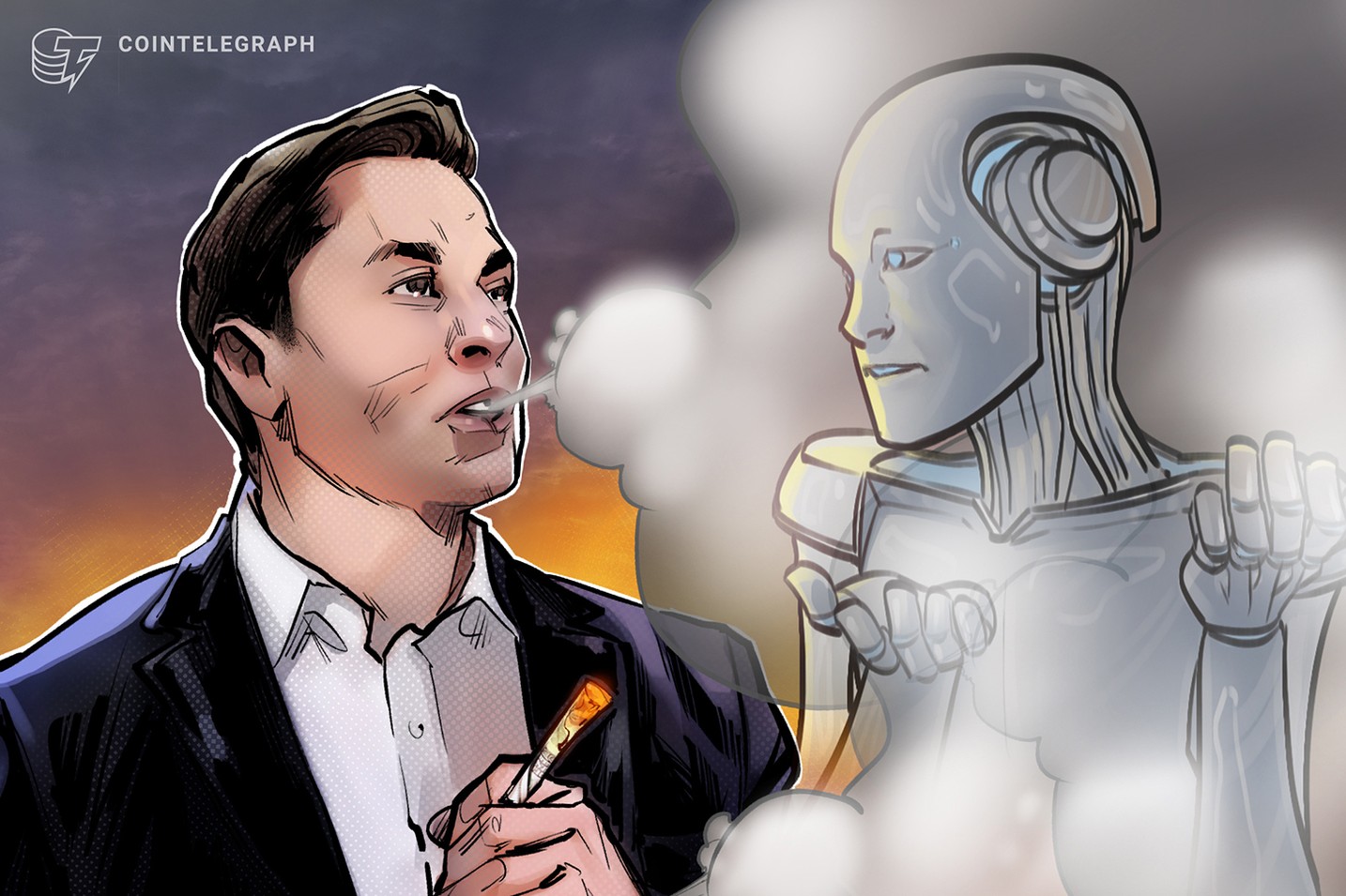CoinTelegraph reported:
While tech giants worldwide work on materializing the idea of having a generative artificial intelligence (AI) to aid humans in their daily lives, some believe the risk of the nascent technology going rogue remains imminent. Considering this possibility, Tesla and Twitter chief Elon Musk reminded people of AI’s potential to destroy civilization.
On March 15, Musk’s plan to create a new AI startup surfaced after the entrepreneur reportedly assembled a team of AI researchers and engineers. However, Musk continues to highlight the destructive potential of AI — just like any other technology — if it falls into the wrong hands or is developed with ill intentions.
Anyone who thinks this risk is 0% is an idiot
— Elon Musk (@elonmusk) April 15, 2023
According to Musk, AI can be dangerous. In a FOX interview, he said AI could be more dangerous than mismanaged aircraft design or production maintenance, for example. While acknowledging the low probability, he stated:
“However small one may regard that probability, but it is non-trivial — it has the potential of civilizational destruction.”
As Crypto Twitter picked up on the discussion, Musk followed up with strong support for his statement:
“Anyone who thinks this risk is 0% is an idiot.”
On the other hand, tech entrepreneurs like Bill Gates remain more optimistic about AI and the positive impacts it can bring to humanity.
Related: Elon Musk reportedly buys thousands of GPUs for Twitter AI project
On April 13, Amazon became the latest tech giant to join the race of creating AI services. Amazon Bedrock allows users to build and scale generative AI apps.
Build & scale your #GenerativeAI apps with Amazon Bedrock. ☁️
Learn how access to leading foundation models makes it easy to build apps quickly while keeping your data private & safe.
https://t.co/mjYtDgC6No #AWS #machinelearning pic.twitter.com/9xYGfTJILs
— Amazon Web Services (@awscloud) April 13, 2023
According to a blog post announcing the service, Bedrock allows users to “privately customize foundation models with their own data, and easily integrate and deploy them into their applications.”
